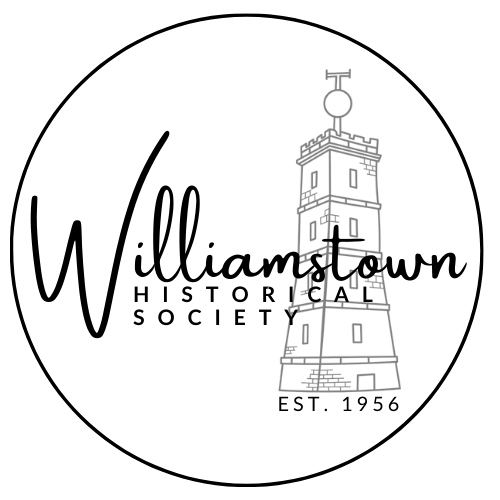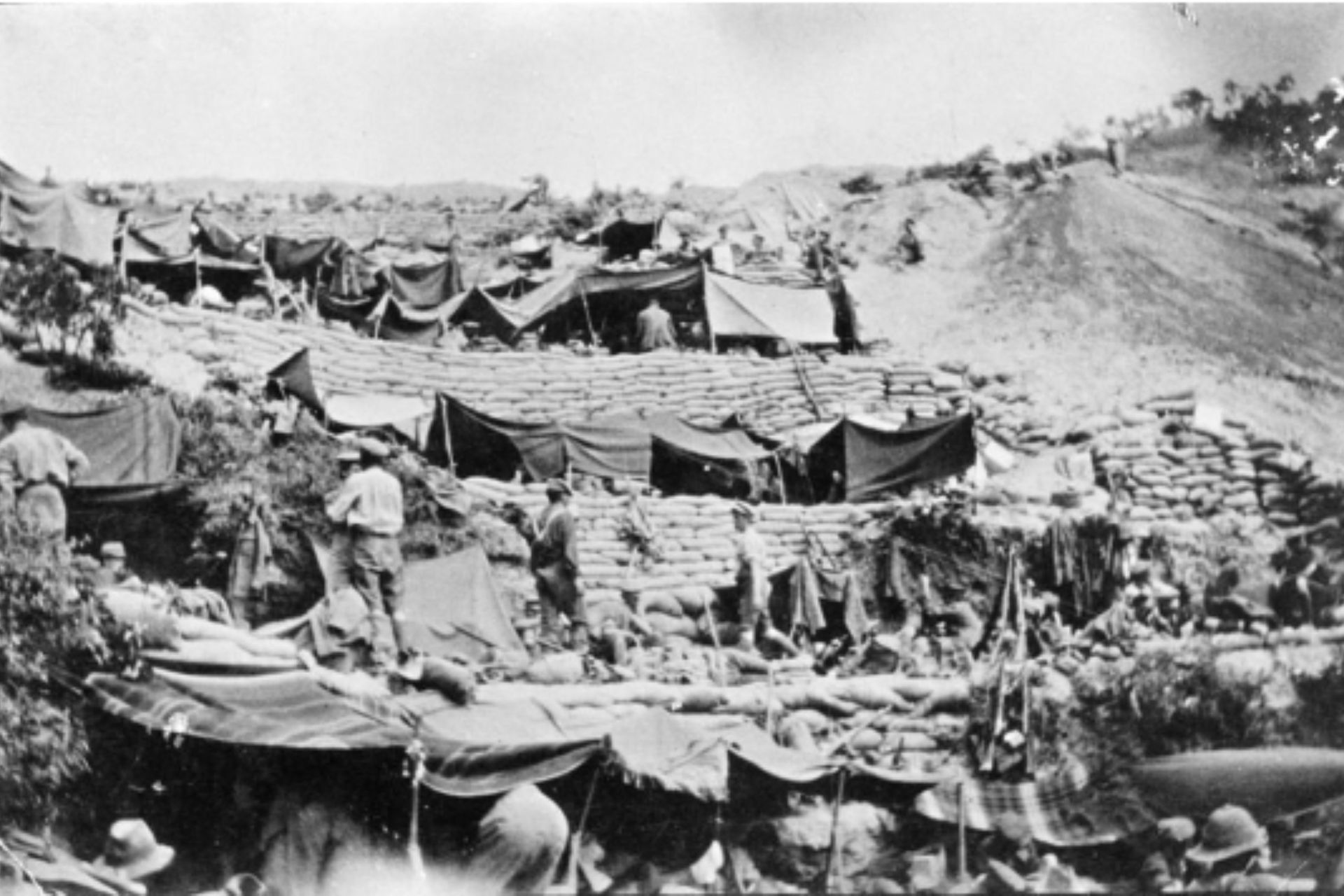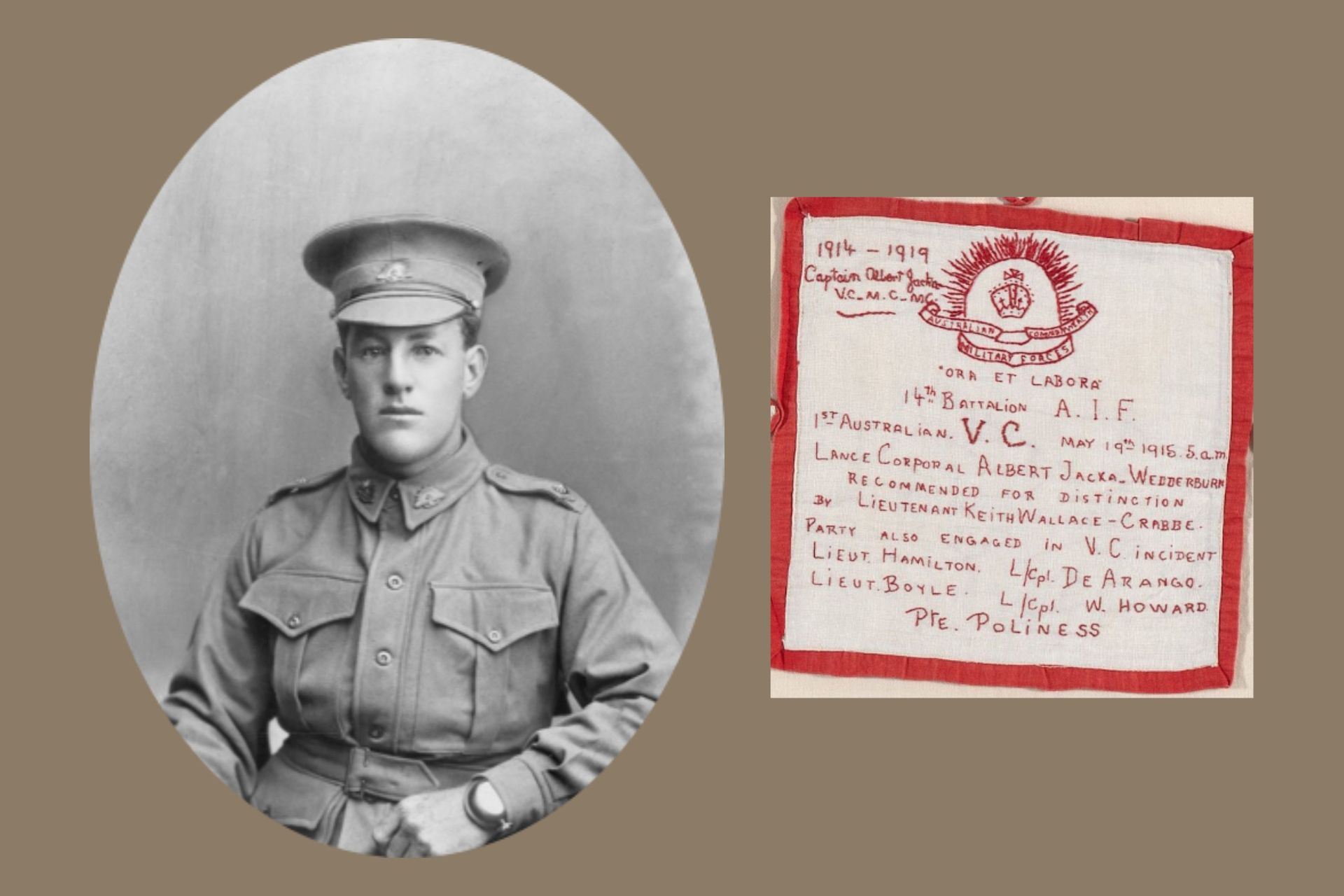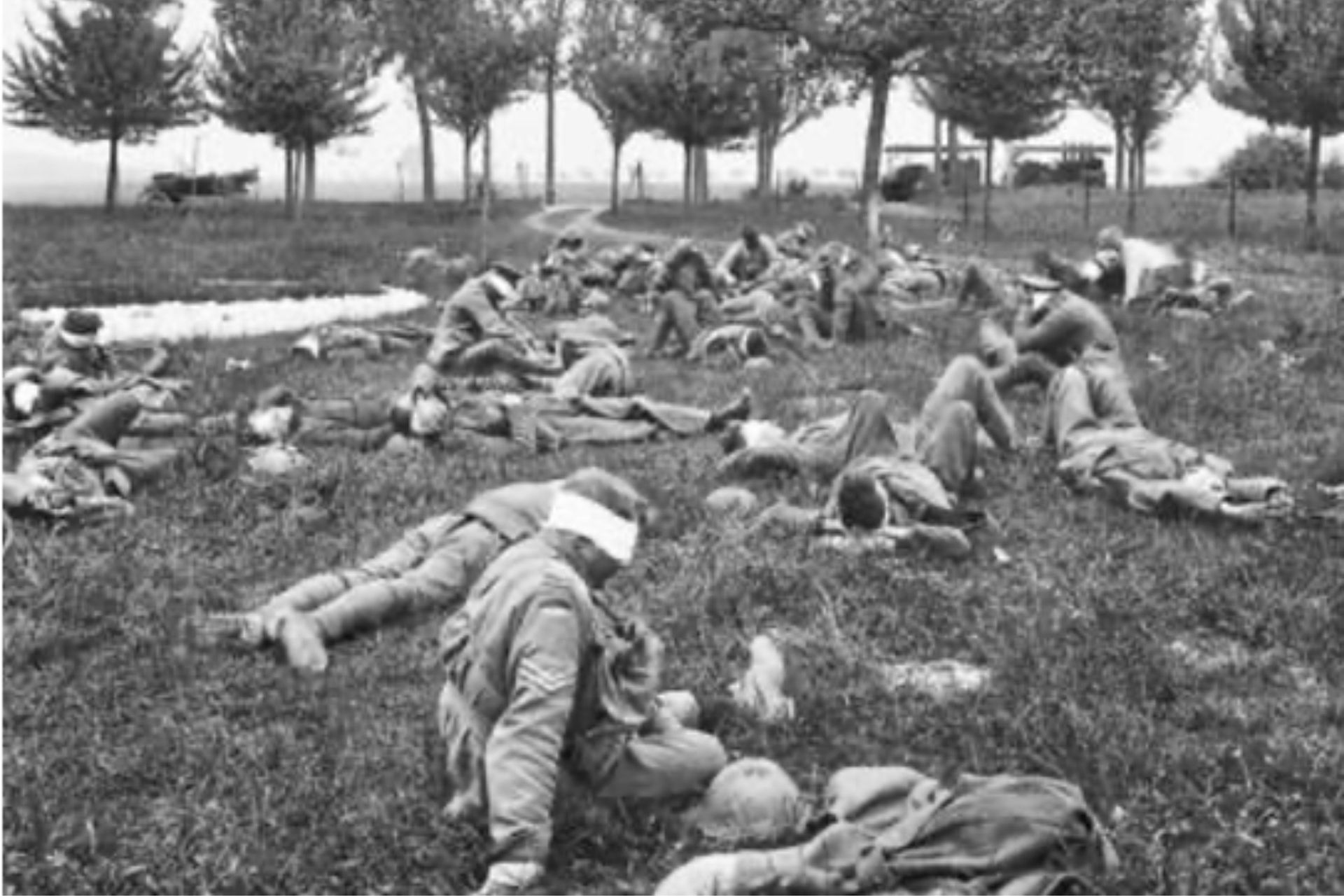Indigenous Heritage
kulin nations
Prior to European settlement in 1835, two large First Nations groups occupied land around the Williamstown and Footscray areas, they were the Bunurong (Boon Wurrung) and Woi Wurrung (Wurundjeri) tribes.
They formed part of the Kulin Nation, an alliance of five indigenous Australian tribes in South, Central Victoria.
In the beginning
Hobsons Bay was once a hunting area for kangaroos. Creation stories and oral history from the Wada Wurrung, Woi Wurrung, and Bunurong languages, describe how Bunjil was responsible for the formation of the bay due to the creation of the Yarra River which then flooded the area.
Daily life
Sub-groups within First Nations had unique languages, which sometimes blended.
They hunted together or separately at leaders' discretion: men hunted animals, game, fish, and eels, while women gathered roots, plants, fruit, berries, and shellfish.
The hunter-gatherer tribes would move their camps based on the availability of food. If there was an abundance of food, they would build semi-permanent housing.
Local tribes
In the Williamstown/Footscray area, there were two clans who identified with the area. One was the Marin-balluk (Boi-berrit), responsible for the area between Kororoit Creek and the Maribyrnong River, reaching north to Sunbury. They belonged to the Woi Wurrung (Wurundjeri) tribe.
The other was the Yalukit-Willam, who roamed a five-kilometre-wide strip at the top of Port Phillip Bay, which included Williamstown and Footscray. The Yalukit-Willam belonged to the Bunurong tribe. These tribes all formed part of the Kulin Nation.
New Arrivals
The population of Aboriginals in Port Phillip can only be estimated to be around eleven - twenty thousand people in 1835 with the arrival of Europeans irrevocably changing the lives of the many First Nations groups inhabiting the area.
Initial conciliation gave way to European arrogance and First Nations people's resentment stemming from the settlers' exclusive idea of property. From the start of European occupation, diseases are known to have killed thousands of Aboriginals, with Small Pox being the biggest killer.
Arrival of Pastoralists
Following John Batmans's "purchase" of a portion of Aboriginal land, the arrival of the pastoralists spelled the end of the local populations' traditional way of life. Whilst various tribes resisted the takeover of their lands, they were no match for the well-armed and determined Europeans and the inevitable result was a loss of life and displacement.
Grasslands created by Aboriginals using controlled and regular firestick farming, which encouraged kangaroo and emu to graze, were eaten out by sheep, and taken over by weedy, scrubby growth. Plants, particularly those with edible roots, were likewise eaten-out by livestock, and many Aboriginals went hungry.
Two headmen of the Yalukit-Willam tribe (Derrimut and Eurernowel or Benbow as he was known) had frequent contact with John Pascoe Fawkner, an early pioneer and politician of Melbourne. They warned him of an impending attack on the settlement in October 1835.
Life - but not as it was
Decimated by diseases, in turn tolerated and despised as 'savages', plied with liquor in the towns, and deprived of the right to wander their own lands, the Aboriginal population steadily declined. Whilst many were successfully employed or trained in grazing and farming occupations, others in their bewilderment killed the introduced animals for food and occasionally attacked the squatters in anger. Retribution raids by the whites are estimated to have killed at least a thousand Aboriginals.
Displaced
The system of Aboriginal protectorates introduced in 1836, and presided over by George Augustus Robinson from 1839, collapsed under the pressure of the settler's hunger for more lands and was scrapped within the decade. Aboriginal 'Reserves' also failed, and whilst the missions provided a refuge for many people, it was necessary for them to conform to strict rules which undermined their traditional way of life.
Gathering of tribes
Locals are recorded as remembering that corroborees were held at the foot of Thompson Street around a big tree, and in April 1919, Miss Sutton aged 80, recalled corroborees held during her childhood, on the present Town Hall site.
One of the earliest settlers in the town, farmer William Hall, who arrived in 1840, claimed the area where the Williamstown Racecourse once stood was also used for a Corroboree at the time of an eclipse of the sun.
References
- Aboriginal Australians – Victoria’s Early History 1803-1851: https://guides.slv.vic.gov.au/Victoriasearlyhistory/aboriginalaustralians
- Aboriginals of Port Phillip – Hobsons Bay Libraries: https://libraries.hobsonsbay.vic.gov.au/library-events/22-discover/hobsons-bay-history-williamstown/108-aboriginals-of-port-phillip#:~:text=1.-,Aboriginals%20of%20Port%20Phillip,is%20available%20before%20European%20colonization.
- C.P. Billot (ed.) & Manning Clark, Melbourne's Missing Chronicle: Being the Journal of Preparations for Departure to and Proceedings at Port Phillip / by John Pascoe Fawkner, Quartet Books, 1982.
Blogs
USEFUL LINKS
CONTACT
+61 3 9397 1534
williamstownhistsocietyvic@gmail.com
100 Douglas Parade
(PO Box 189)
Wiiliiamstown VIC, 3016
Australia
All Rights Reserved
Williamstown Historical Society
FOLLOW US ON SOCIALS
ACKNOWLEDGEMENT OF COUNTRY
We acknowledge the Bunurong People of the Kulin Nation as the traditional owners of these lands and waterways and pay our respect to Elders past and present.




